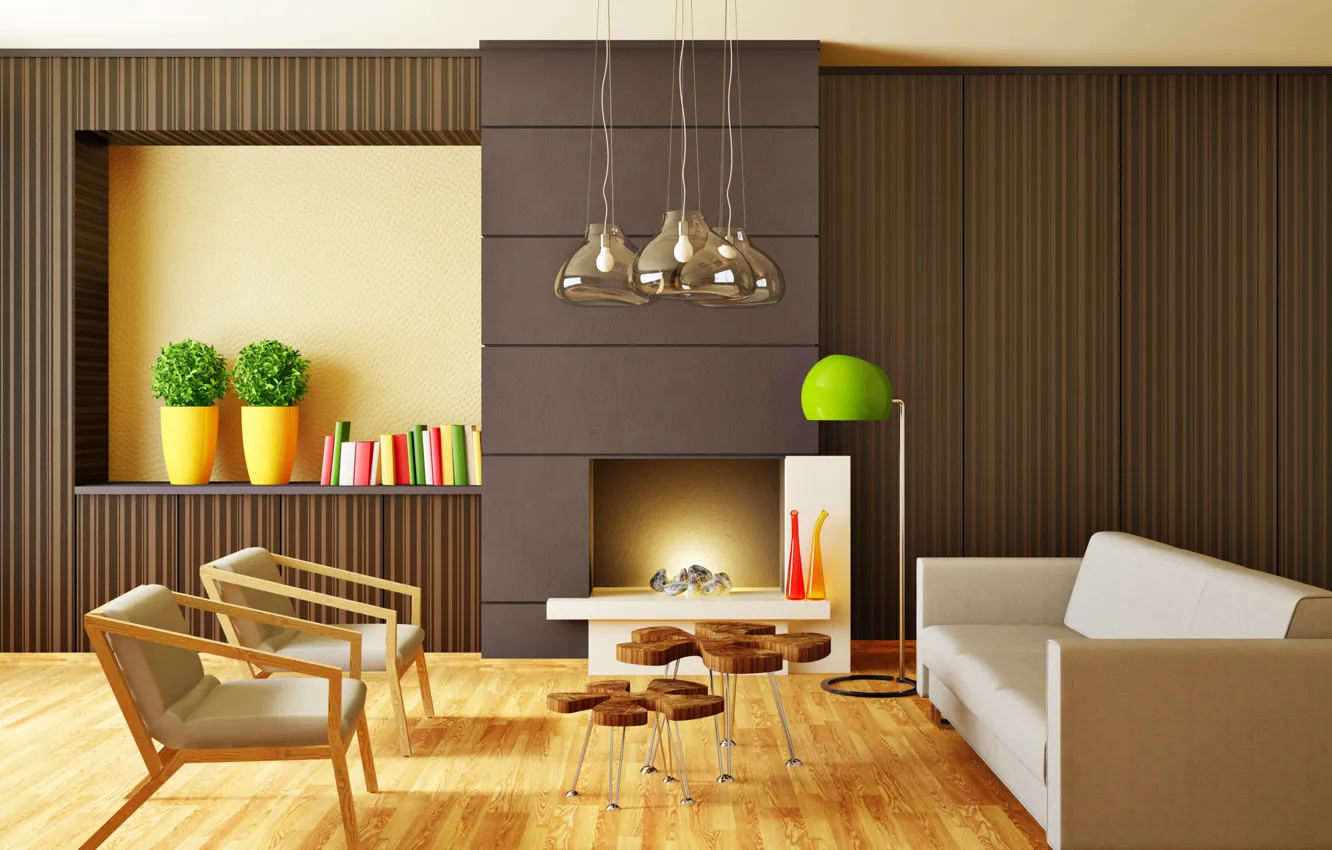Imagine walking into a stunning building and feeling instantly captivated by its harmonious blend of architectural design and interior aesthetics. Architecture and interior design are two closely intertwined disciplines that come together to create awe-inspiring spaces that not only serve a functional purpose but also evoke emotions and leave a lasting impact on those who experience them. From the blueprint stage to the final touches, the collaborative relationship between architecture and interior design is like a dance, with every step carefully choreographed to achieve a perfect balance between form and functionality. In this article, we will delve into the mesmerizing world of architecture and interior design, exploring how these disciplines work hand in hand to transform spaces from mere structures into breathtaking works of art. So, let’s embark on this journey of discovery and unravel the fascinating relationship between architecture and interior design.
The Interplay of Form and Function
Architecture and interior design have always relied on a delicate balance between form and function. The seamless integration of these two aspects is what ultimately creates spaces that are not only aesthetically pleasing but also highly practical and usable.
In architecture, form refers to the overall shape and structure of a building. It is the result of careful planning, thoughtful design, and an understanding of the surrounding environment. Whether it’s a towering skyscraper or a humble residential home, the form of a building should not only be visually appealing but should also serve a purpose. It should work in harmony with the surrounding landscape, taking into account factors such as sunlight, wind patterns, and site orientation.
On the other hand, interior design focuses on the functionality and usability of the space within the structure. It involves the arrangement of furniture, the selection of materials, and the consideration of human interaction and experience. A well-designed interior takes into account the needs and preferences of the occupants, creating spaces that are not only beautiful but also comfortable and efficient.
The interplay between form and function is what makes architecture and interior design truly successful. When the physical design of a building aligns with its intended purpose, and when the interior space is thoughtfully planned to enhance the overall experience, the result is a harmonious and cohesive environment that is both visually stunning and highly functional.
Creating Aesthetically Pleasing Spaces
When it comes to the realm of Architecture & Interior Design, creating aesthetically pleasing spaces is of utmost importance. The combination of architectural elements and interior design principles results in beautiful and harmonious environments that captivate the senses.
One key aspect in creating aesthetically pleasing spaces is the careful consideration of balance. Balance can be achieved through the strategic placement of objects, colors, and materials. It is essential to strike a harmonious equilibrium between different elements, ensuring that no single aspect overpowers the others, but rather, they work together in perfect cohesion.
Another crucial factor in creating visually pleasing spaces is the skillful utilization of light. The manipulation of natural and artificial light can significantly impact the atmosphere and mood within a space. Playful use of lighting fixtures, such as pendant lights, wall sconces, or floor lamps, can help highlight architectural features and create captivating focal points.
Furthermore, the careful selection and arrangement of furniture and accessories contribute to the aesthetic appeal of a space. Each piece should be chosen with consideration for its form, function, and how it harmonizes with the overall design scheme. Proper placement and arrangement of furniture allow for a functional yet visually pleasing layout that enhances the overall aesthetic of the space.

In conclusion, the creation of aesthetically pleasing spaces in the realm of Architecture & Interior Design requires a thoughtful approach to balance, lighting, and the strategic arrangement of furniture and accessories. By carefully considering these elements, architects and interior designers can transform blueprints into beautiful, harmonious realities, resulting in spaces that inspire and delight.
Blurring the Boundaries: Integrated Design Solutions
In the world of architecture and interior design, the lines between the two disciplines are often blurred, leading to the emergence of integrated design solutions. Architects and interior designers are increasingly collaborating to create spaces that seamlessly combine form and function, resulting in harmonious and inspiring environments for both residents and visitors.
One key aspect of integrated design solutions is the consideration of both architectural and interior design elements from the very beginning of the project. By involving interior designers in the early stages of the architectural design process, architects can better understand how to shape the space to accommodate the desired interior elements. This collaborative approach ensures that the architecture and interior design are intricately connected, resulting in a cohesive and unified final product.
Integrated design solutions also promote a holistic approach to space planning and functionality. Architects and interior designers work together to optimize the layout of a building, taking into account factors such as traffic flow, spatial organization, and the placement of structural elements. By considering these aspects concurrently, they can create spaces that not only look aesthetically pleasing but also function efficiently and effectively.
Furthermore, integrated design solutions often lead to innovative and unique solutions that push the boundaries of traditional architecture and interior design. When architects and interior designers collaborate closely, they can leverage each other’s expertise to explore new materials, construction techniques, and design concepts. This interdisciplinary approach fosters creativity, allowing for the development of spaces that are not only visually striking but also push the envelope in terms of functionality and sustainability.
In conclusion, the integration of architecture and interior design in creating spaces is a powerful approach that blurs the boundaries between the two disciplines. By working together from the early stages of a project, considering both form and function, and fostering creativity through collaboration, architects and interior designers can achieve harmonious and inspiring spaces that captivate and enhance the human experience.